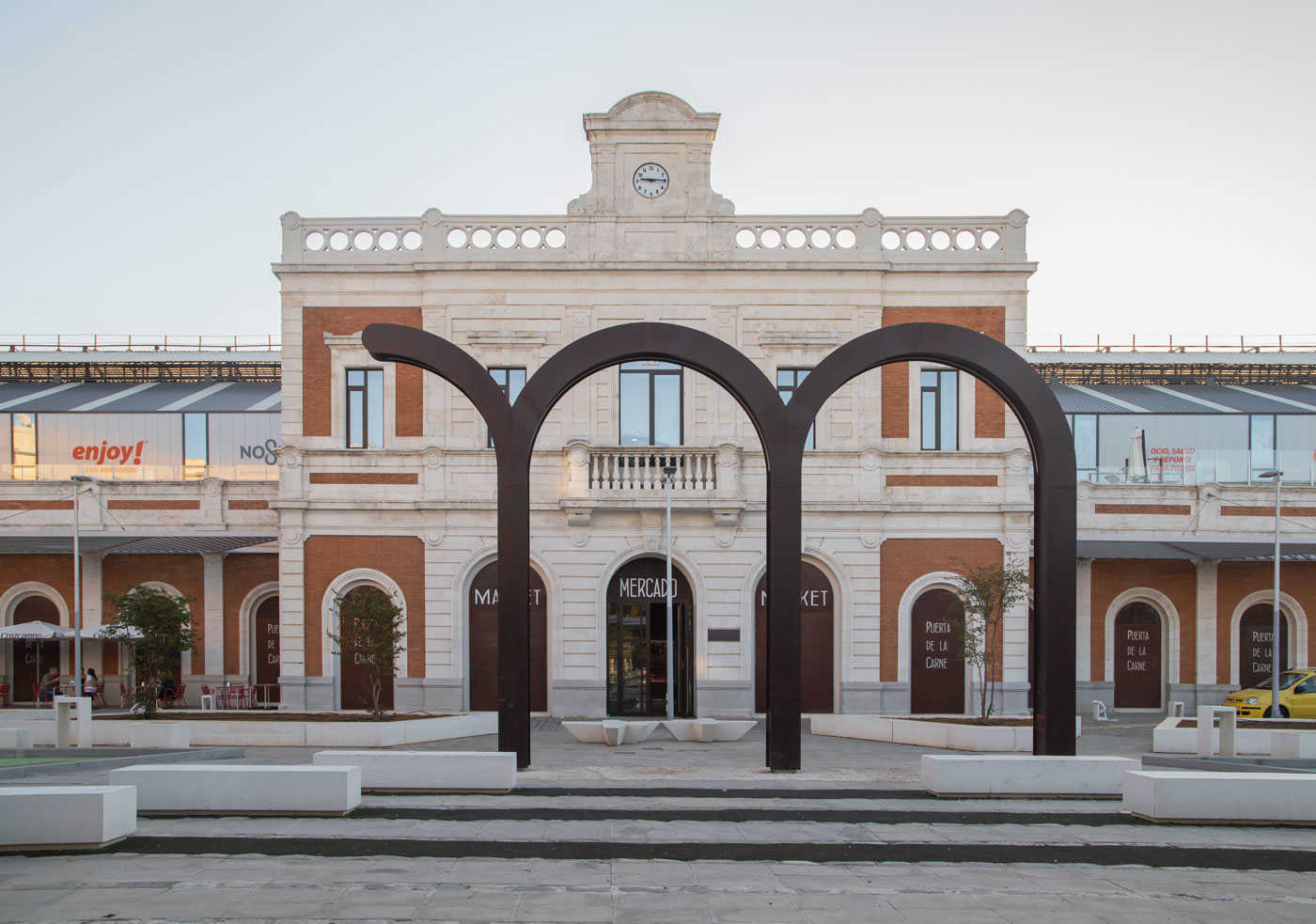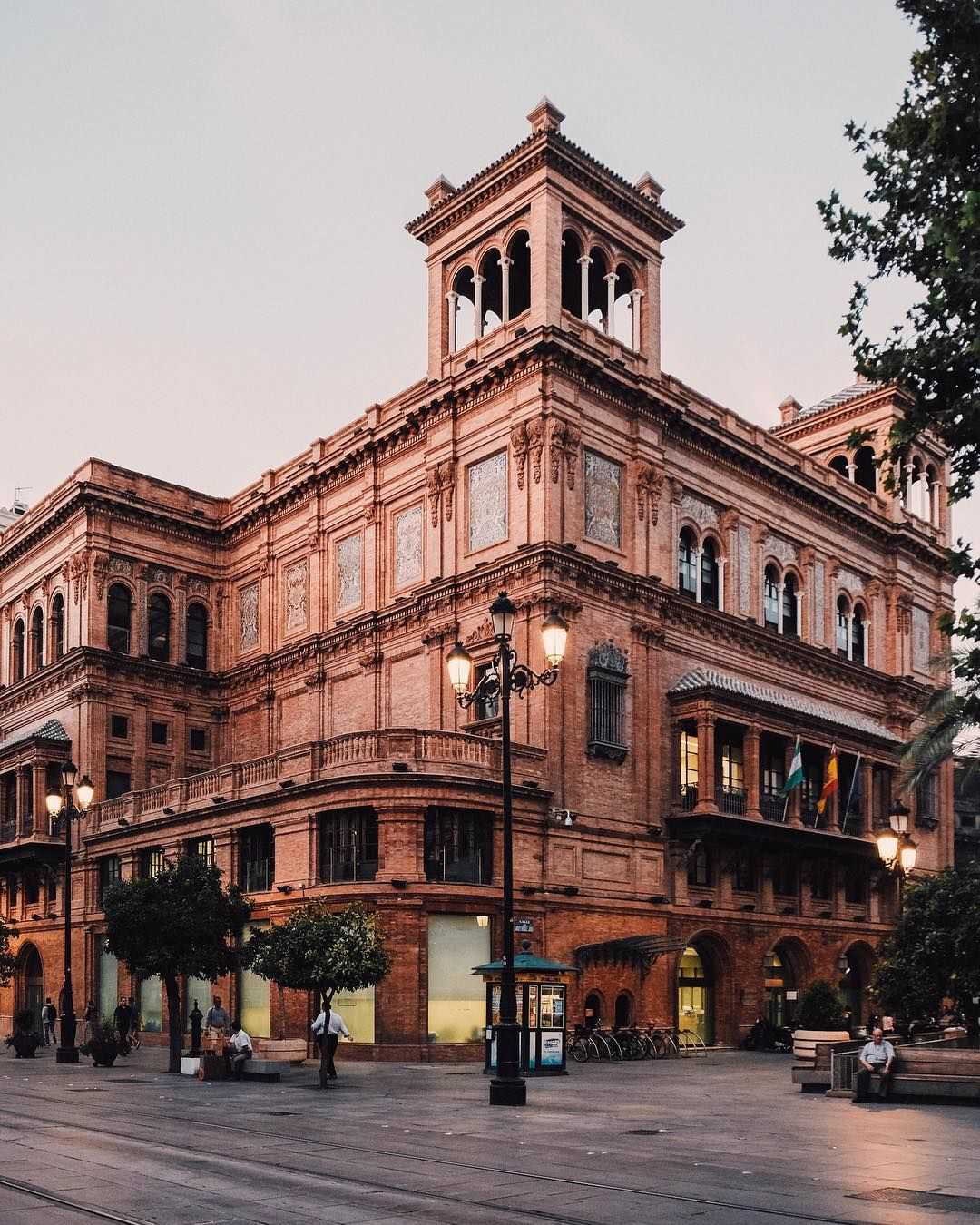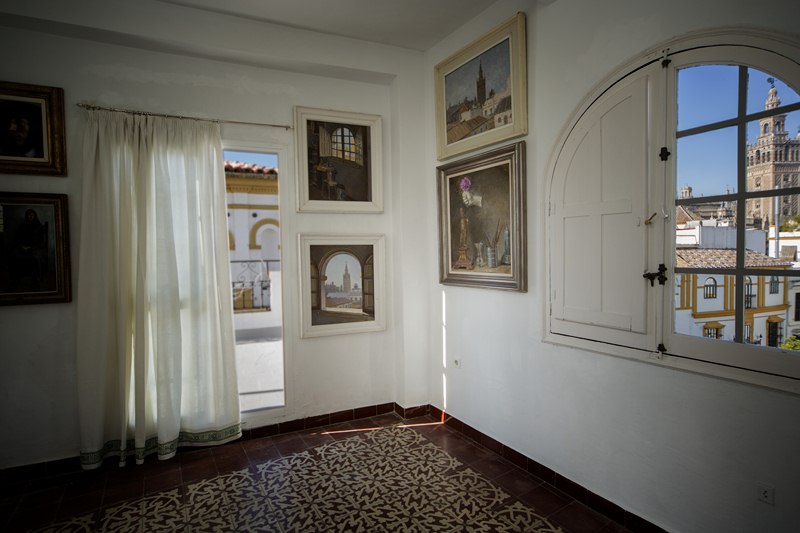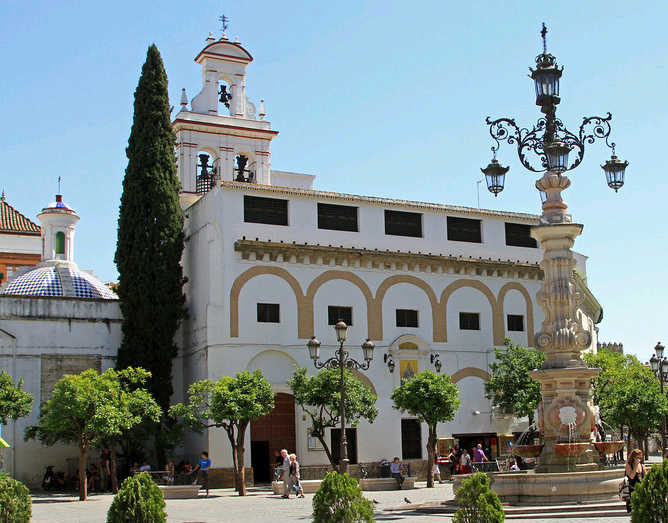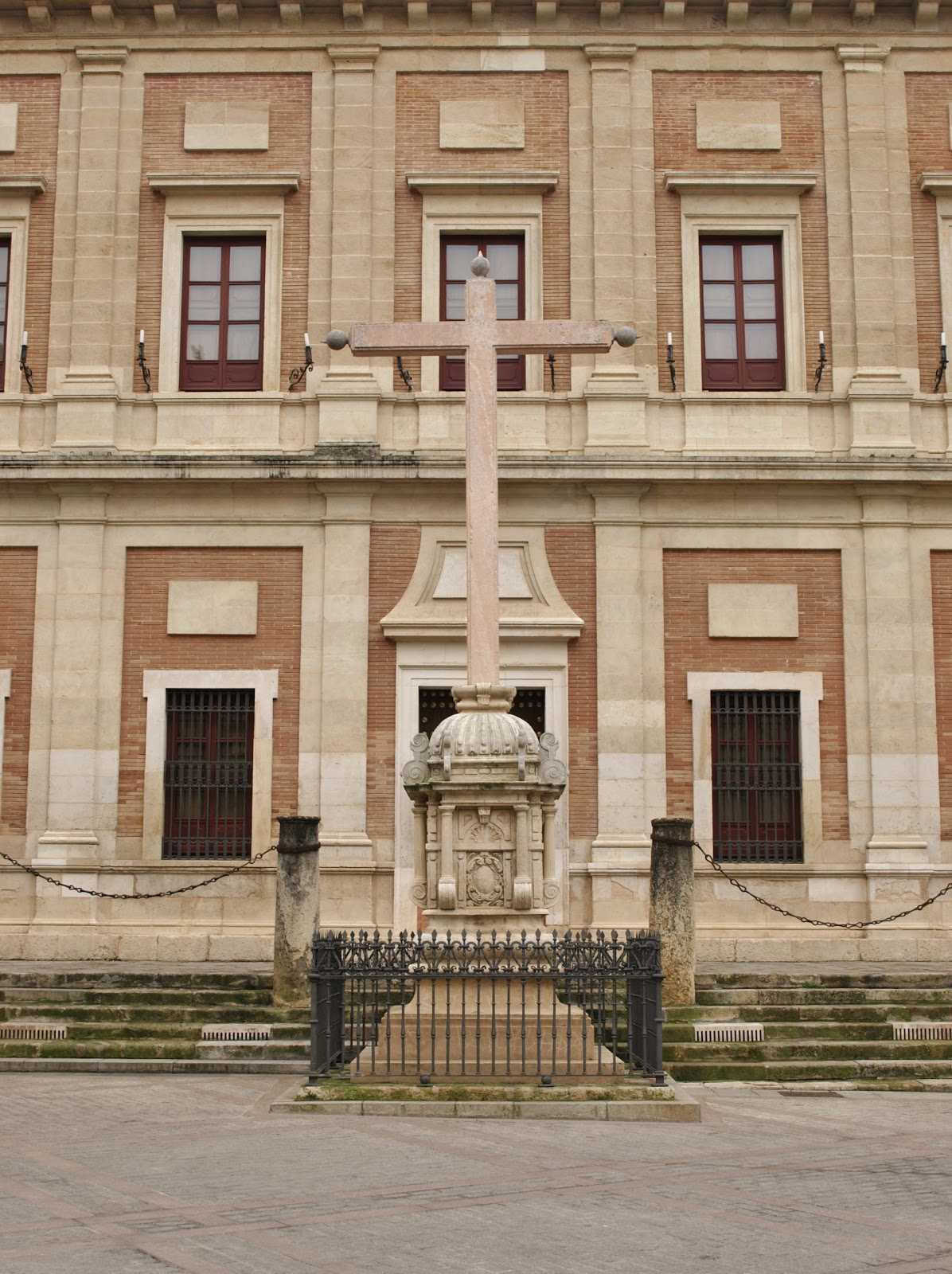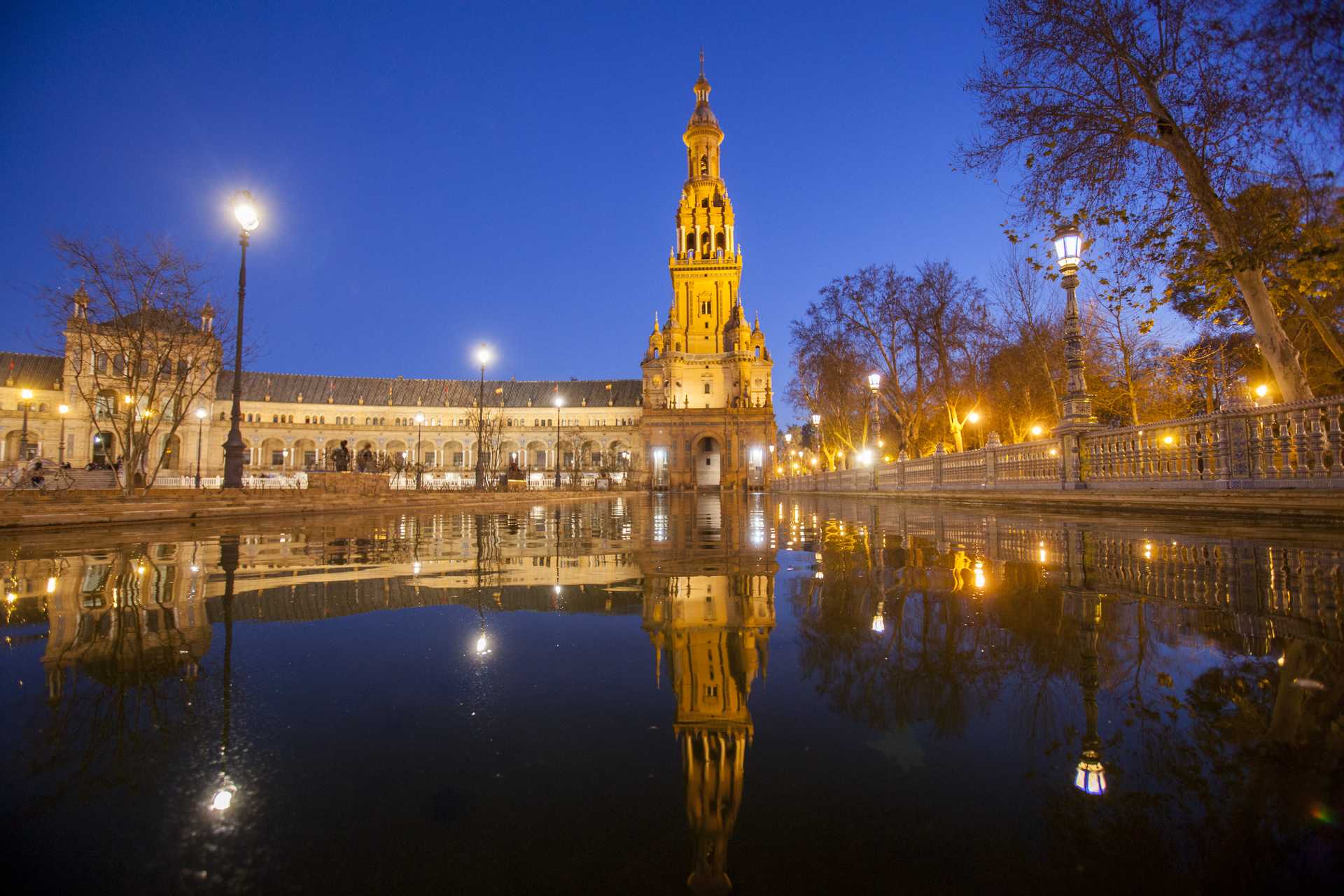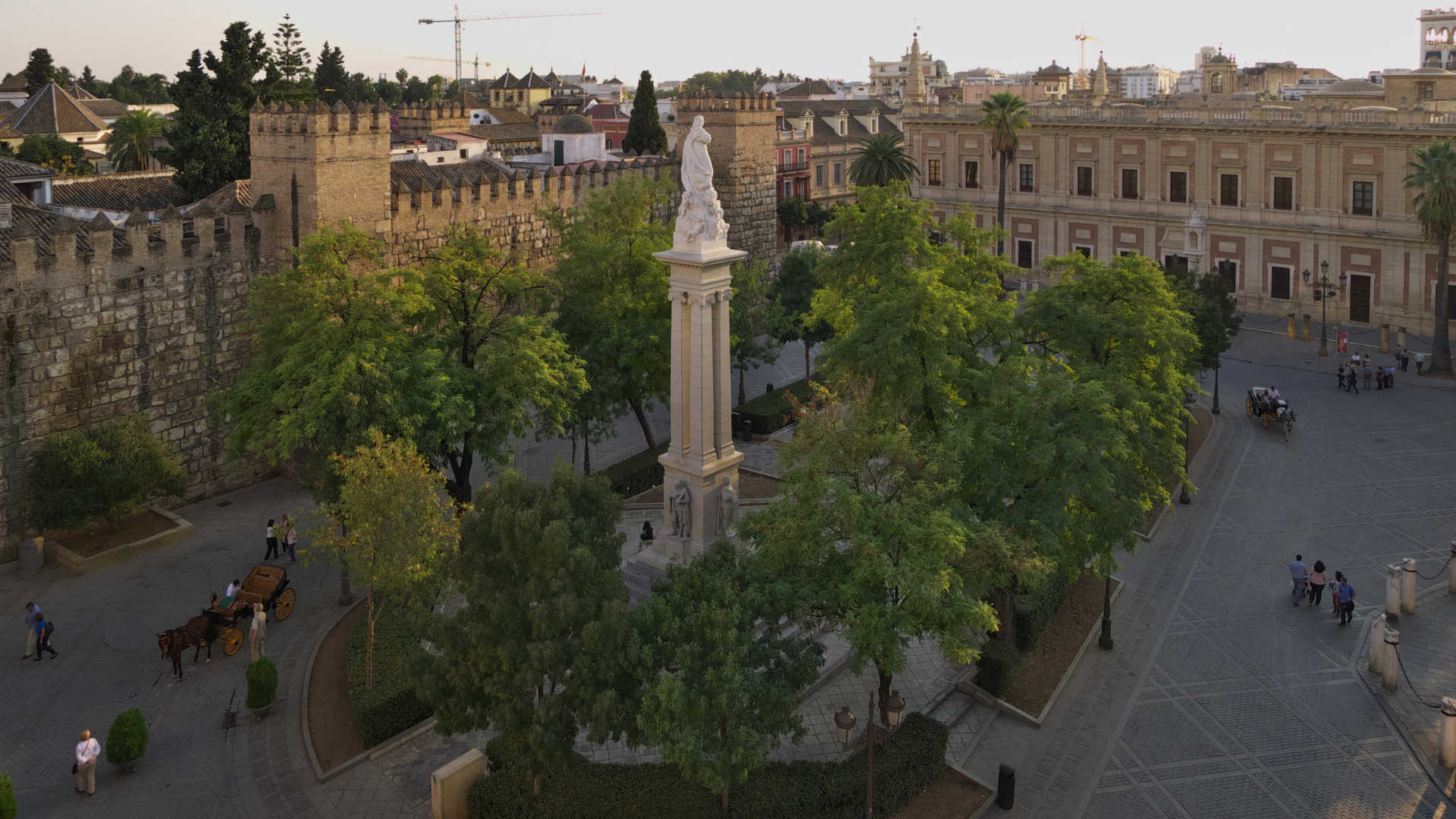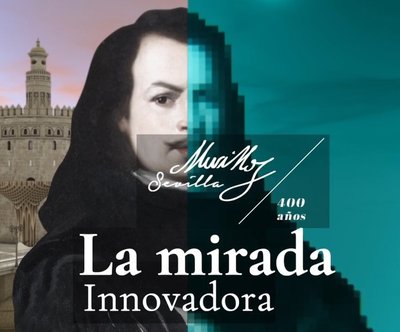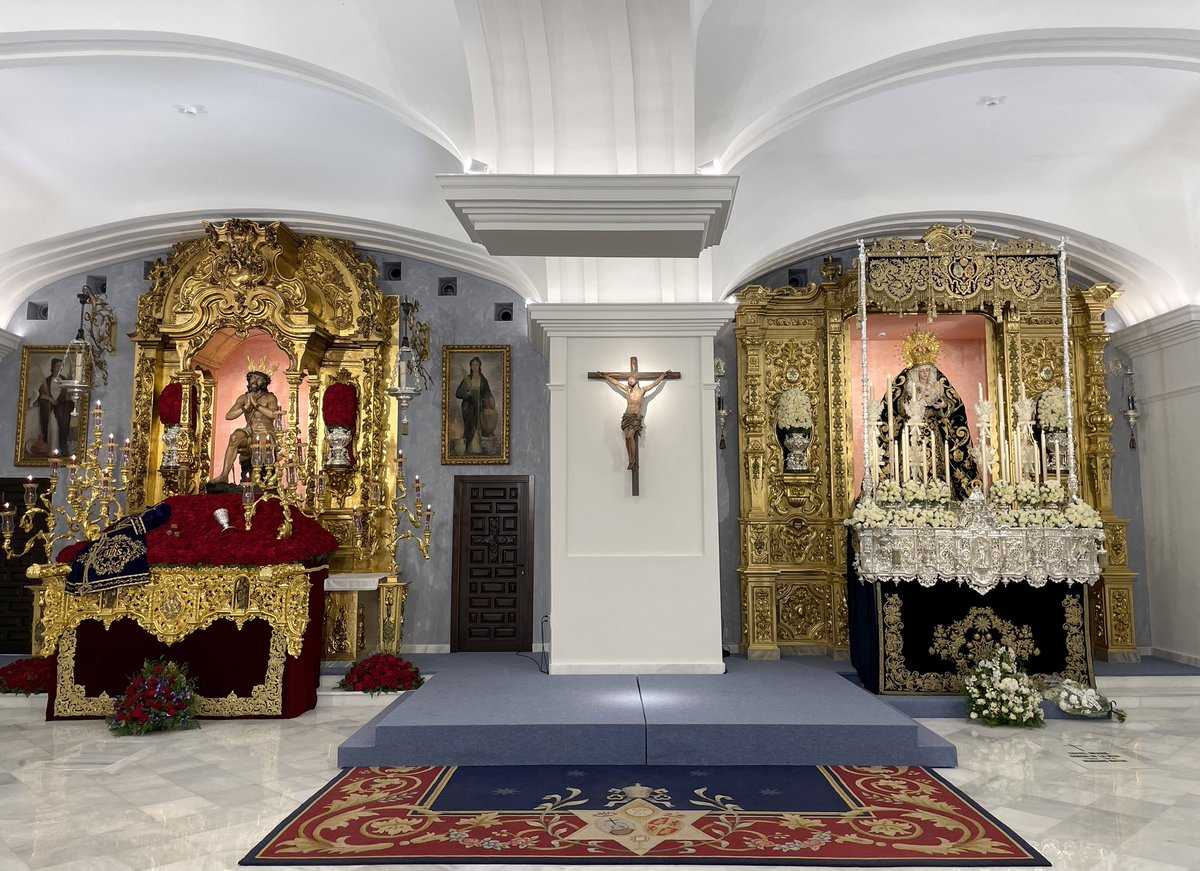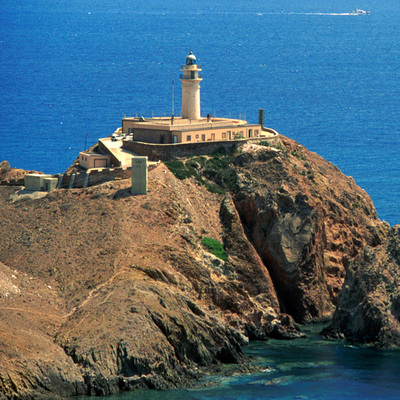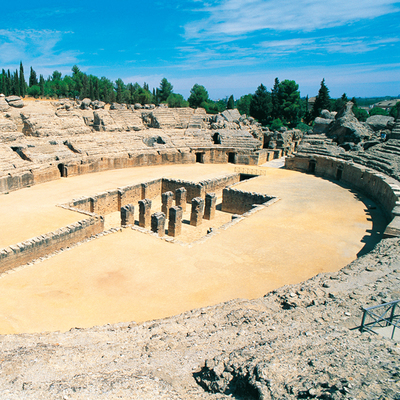Plaza del Triunfo
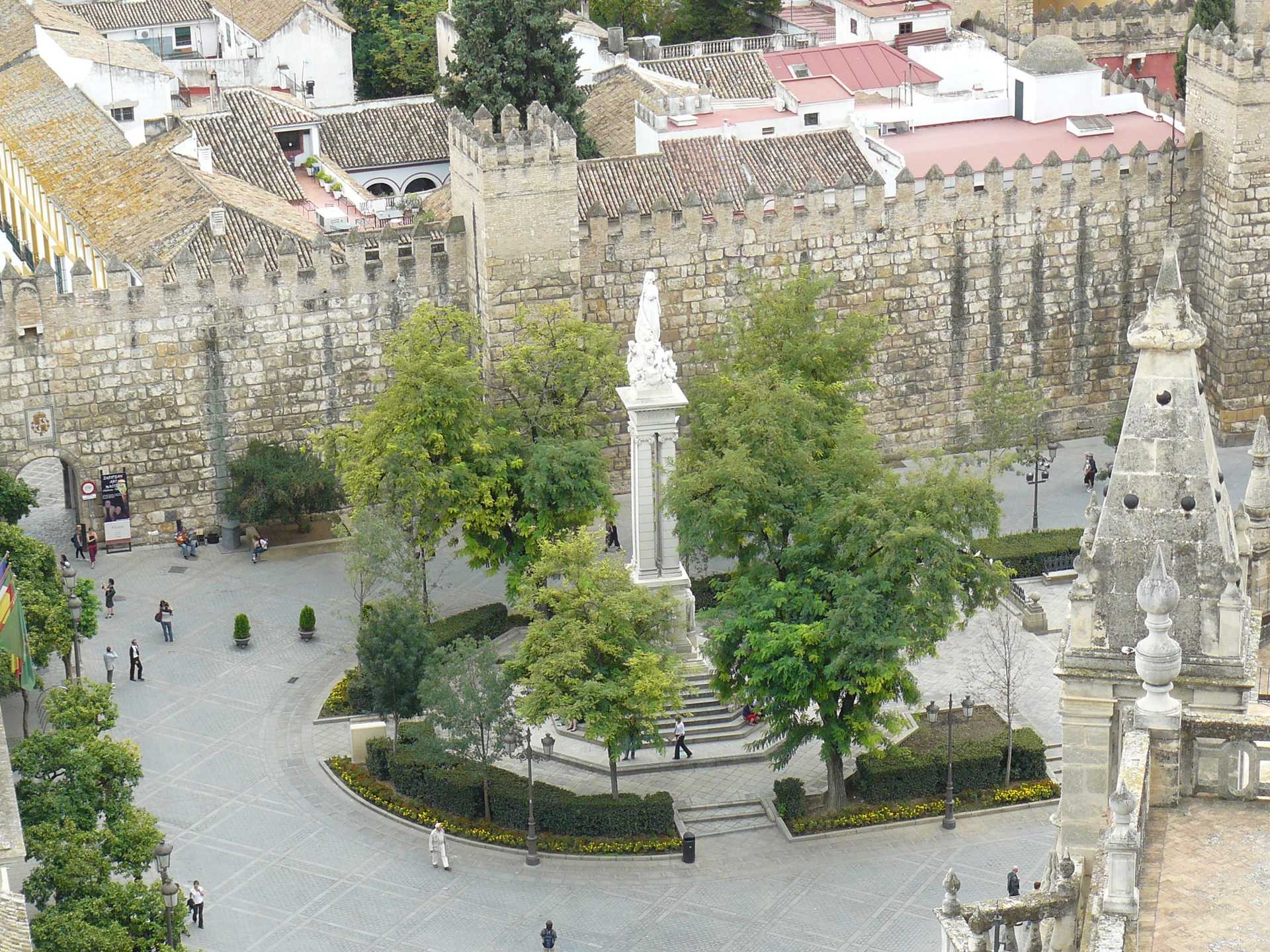
The Plaza del Triunfo is a unique place, surrounded by such iconic and historical buildings as the Cathedral, the Convent of La Encarnación, the Archive of the Indies, the Reales Alcázares Palace and the building housing the Casa de la Provincia, formerly the Provincial Government Building, as well as being the entrance to the Santa Cruz neighbourhood, formerly the Jewish Quarter.
This irregularly shaped square was called the "Plazuela de la Lonja" in the Archive of the Indies, but since the 18th century it has been called the "Plaza del Triunfo".
The name is the result of the devastating earthquake suffered in Lisbon on 1 November 1755, which caused no personal damages to the faithful who went to the Cathedral to hear mass, so they decided to pay homage to this by naming the square. The "Triumph" is a magnificent testimony to what happened during the earthquake and was installed in the square as a symbol of thanks for divine protection.
Two years after the earthquake a monument was erected that should be attributed to José Tomás Zambrano. It is crowned by a figure of the Virgin with Child, called Virgin of the Triumph or Virgin of the Patron Saint.
At the beginning of the 20th century the square was remodelled in accordance with a project by Juan Talavera y Heredia and with a monument to the Immaculate Conception, the work of Lorenzo Coullaut Valera. It was sculpted in Carrara marble and the figure of the Blessed Virgin was inspired by La Inmaculada by Murillo who painted it for the Hospital de Los Venerables.
The pedestal of La Inmaculada is surrounded by four 17th-century characters who were renowned as defenders of the Dogma of Mary's Immaculate Conception. These are the Jesuit theologian Juan de Pineda, the poet Miguel Cid, the sculptor Juan Martínez Montañés and the artist Bartolomé Esteban Murillo.
Every year on the night of 7 December there is a floral offering to the virgin by the traditional university players of Seville.
Ideas for your trip
Services and infrastructure
Target audiences
Segments
Specialties
Season
Open to visitors
You may be interested
